Easter in Sicily: A Holy Week Journey Through Time and Tradition
- The Sicilian Wanderer

- Mar 27, 2024
- 14 min read

Today on GREAT SICILY Travel Blog, we dive deep into the heart of Sicily's Holy Week, a time when faith, tradition, and cultural identity converge in a series of profoundly moving and colorful celebrations. From the evocative streets of Trapani to the historic lanes of Caltanissetta, Sicily transforms, offering a unique window into the soul of this magnificent island.
In Trapani, the Procession of the Mysteries stands out as a poignant reflection of Sicilian spirituality, blending dramatic enactments of Christ's Passion with the solemn beauty of religious devotion. The procession features eighteen statuary groups that weave through the city from Friday afternoon till the dawn of Saturday, accompanied by the distinctive rhythms of the Annacata and 'a Vutata movements, drawing thousands into a communal experience of reverence and awe.
Marsala brings the Via Crucis to life, a vivid reenactment that captures the essence of Holy Week through the city streets, marking the journey from the Last Supper to the crucifixion of Christ. This emotional representation draws the community into a deep reflection on sacrifice and salvation.
Enna's Holy Week, with its grandiose procession and the traditional wearing of hoods down by over 2,500 brethren, showcases the deep historical and spiritual roots of Easter in Sicily, offering a glimpse into centuries of devotion and tradition.
Pietraperzia celebrates "Lu Signuri di li Fasci", a unique event that sees the community come together around a cross of cypress wood, symbolizing unity and faith through collective participation and devotion.
The Feast of the Jews in San Fratello introduces a blend of sacred and profane, where colorful costumes and expressive masks bring to life a celebration that defies the solemnity of the occasion, highlighting the diversity of Sicilian Easter traditions.
In Piana degli Albanesi, Easter rites preserve the Albanian cultural and religious heritage, showcasing the intricate tapestry of Sicily's diverse community through distinctive customs, language, and rites.
Erice's Procession of the Mysteries offers a meditative journey through the Via Crucis, uniting art, faith, and tradition in a solemn march that resonates with the spiritual depth of the Easter story.
Caltagirone's "A Giunta" vividly celebrates the Resurrection, illustrating the joy and communal spirit that Easter brings to Sicilian towns, while the festival of U Gioia in Scicli, the Madonna Vasa Vasa in Modica, and the Race of San Leone in Sinagra each add their unique hues to the vibrant mosaic of Sicilian Easter celebrations.
Lastly, the poignant traditions of Caltanissetta, from the somber processions of Holy Week to the solemn silence of Holy Friday, encapsulate the reverence and deep religious sentiment that permeate Sicilian society during this sacred time.
Join us on GREAT SICILY as we explore these ancient rituals that not only reflect the rich cultural heritage of Sicily but also underscore the universal themes of faith, renewal, and community that Easter brings to the forefront.
Holy Week in Trapani - The Procession of the Mysteries
Among the most important and attended in Italy, the Holy Week rites in Trapani are a blend of faith, popular culture, and folklore. The observances begin on Tuesday with the procession of the "Madre Pietà dei Massari" painting, which meets the "Madre Pietà del Popolo" on Wednesday afternoon. On Thursday, the churches set up the "sepulchres", altars that recall the Last Supper, decorated with ex-votos in gold, silver, and coral. However, the pinnacle of these observances is the evocative and moving Procession of the Mysteries, featuring eighteen statuary groups that recount episodes from Christ's Passion, followed by the effigies of Jesus in the urn and the Sorrowful Mother. Entrusted to the "Maestranze" and carried on their shoulders, they parade from 2 p.m. on Friday until Saturday morning. The procession is marked by two typical movements performed by the bearers along the route: the Annacata (a rhythmic swaying of the float in time with funeral laments), and 'a Vutata, which occurs when the float is turned towards members of the Maestranze or towards the sick. This blend of deep religious devotion, historical tradition, and community involvement makes Trapani's Holy Week a profoundly moving and unforgettable experience, embodying the spirit of Sicilian Easter celebrations.
Easter in Marsala - The Holy Thursday Via Crucis
In Marsala, Holy Thursday comes alive with the Via Crucis, an evocative event where live actors bring to life the trials from the Last Supper to the crucifixion of Christ. This deeply moving reenactment winds through the main streets of the city, with Christ's "falls" under the weight of the cross dramatically repeated at various points, symbolizing the painful journey to Golgotha. The evening brings a poignant portrayal of the Crucifixion, drawing the community together in contemplation. On Good Friday, the solemn procession of Our Lady of Sorrows following the dead Christ moves in a silence pierced only by the faithful's footsteps, creating a profound atmosphere of mourning and reverence.
Easter in Enna - Holy Week
Enna's Holy Week stands out as one of the most majestic and emotionally charged celebrations globally, showcasing the city's deep devotion. On Good Friday, over 2,500 brethren in traditional attire march in a procession, carrying religious symbols and sacred objects prepared in the town's 16 churches. This week, enriched by centuries of history and symbolism from the Spanish dominion, is marked by mournful music composed by local musicians and the unique tradition of the brethren wearing their hoods down, a sign of humility and devotion. This creates a deeply spiritual experience, connecting the past with the present in a timeless expression of faith.
Easter in Pietraperzia - Lu Signuri di li Fasci
"Lu Signuri di li Fasci" in Pietraperzia is a celebration that binds faith and community around a cypress wood trunk transformed into a cross. Devotees wrap the cross in long linen bands in a preparatory rite for the procession, while inside the Carmine church, the blessing of the "measureddi" takes place. This act of communion culminates in the cross being carried through the town's streets, a display of collective balance and devotion that unites the community in a powerful testament to their faith.
Piana degli Albanesi - Easter Rites
The Easter rites in Piana degli Albanesi honor the Albanian cultural and religious heritage, a devotion that has spanned centuries. The celebrations highlight the community's uniqueness, preserving original customs, language, and religious rites, with particular emphasis on the richly decorated traditional costumes and the liturgies of the Byzantine Rite. Easter is the pinnacle of this identity, where faith and culture merge into an event of extraordinary beauty, celebrating a heritage that has been carefully guarded and passed down through generations.
Easter in Erice - The Procession of the Mysteries
The Procession of the Mysteries in Erice, with its medieval roots, is a living representation of the Via Crucis that combines art, faith, and tradition. The eighteenth-century statues, carried on the shoulders of the faithful through the ancient streets, depict the stations of Christ's passion in an emotional journey that culminates in the glow of wind torches, with silence broken only by funeral marches. This procession creates a powerful spiritual and cultural experience, drawing participants and observers into a shared moment of solemnity and reflection.
Easter in Caltagirone - "A Giunta"
The "A Giunta" celebration in Caltagirone is an event brimming with joy and spirituality that honors the Resurrection. The giant effigy of Saint Peter, beginning its journey from its namesake church, travels through the streets to the Municipio Square for the meeting ("A Giunta") with the Risen Christ. This moment, filled with joy and emotion, sees Saint Peter announcing the Resurrection to the Madonna, followed by the "Spartenza," when the three effigies part ways. The celebration draws thousands of faithful and tourists, creating a unique festive atmosphere, especially around the Santa Maria del Monte staircase, where spectators witness the emotional climax of the event.
Easter in Scicli - U Gioia, Feast of the Living Man
The "U Gioia" festival in Scicli symbolizes the triumph of life over death, with the statue of the Risen Christ being carried in procession through the city's streets. This tradition, deeply rooted in the community of Scicli, transforms the mourning of Holy Week into a vibrant celebration of the Resurrection, locally known as the feast of the Living Man. The participation of the entire community, including artists and public figures like Vinicio Capossela, underscores the cultural and spiritual significance of this event, marked by shared energy and joy.
Easter in Modica - The Madonna Vasa Vasa
In Modica, Easter Sunday is highlighted by the traditional "Madonna Vasa Vasa," an exhilarating celebration where the effigies of the Madonna and the Risen Christ seek each other through the city streets until their meeting, culminating in the "kiss of the South." This intensely emotional moment draws a vast crowd, reflecting the deep religious devotion and the spiritual community of the city. The procession symbolizes the search and discovery, mourning and joy, in a tradition that is deeply embedded in Modican history and culture.
Easter in Sinagra - The Race of San Leone
The "Race of San Leone" in Sinagra is a unique expression of faith and tradition, featuring the saint's statue hurriedly carried from the countryside church to the village. This event, taking place on Easter evening, symbolizes renewal and community, uniting participants in a gesture of devotion and strength. The presence of thousands of people, in addition to the locals, highlights the importance of this celebration, which extends to Easter Monday with the Pasquetta fair, a deeply rooted cultural exchange and meeting moment in local traditions.
Easter in Petralia Sottana -The Encounter
Holy Week in Petralia Sottana is primarily marked by the enactment of Christ's Passion, brought to life by actors amidst the splendid historical center. On Thursday, statues of the dead Christ, the Madonna, and angels are displayed in the Church of San Biagio, also known as the “Collegio”. The procession on Good Friday culminates with the crucifixion. On Saturday, during the midnight mass in the Basilica, the "Caduta du tiluni" occurs: the Madonna sheds her mourning, symbolized by the large black cloth covering the main altar. Easter Sunday, escalating in emotion and participation, witnesses the joyful and moving Encounter at the Chianu ‘u Collegiu, between the Risen Christ and the Madonna.
The Risen Christ and the Madonna embrace, moving the gathered faithful deeply in a cathartic ceremony. Hundreds of onlookers, tears glistening in their eyes, watch as the two statues, facing each other to lock gazes, traverse the historic center and re-enter the Mother Church.
Good Friday in Barrafranca - U Trunu
The Procession of the Crucifix of the Throne (U Trunu) is the most anticipated moment of Good Friday in Barrafranca, Enna province. In the evening, following the liturgical celebrations in the city's churches, the procession of the Holy Crucifix begins, carried on a processional structure referred to by locals as “U Trunu”. This structure features a central part known as u firrizzu, incorporating mechanisms for lifting immediately after leaving the church. The fercolo is supported by two "baiarde", numbered from 1 to 100, indicating the position of each bearer.
The Crucifix statue is entirely adorned with golden ex-votos donated by the faithful over the years and is placed at the center of the “Spera”, an oval wooden structure that, just before the procession, is mounted on the “Munnu”, a large sphere atop a two-meter-high trunk. The Sphere and the World are fully decorated with colorful ribbons and flowers called scocche, donated yearly by the faithful as a vow to the Crucifix.
The Sorrowful Madonna and the Urn of the Dead Christ leave their respective churches to head towards the Mother Church to join the Crucifix procession. Upon reaching U Trunu, the procession begins, led by the Urn of the Dead Christ, followed by “lamentatori”, the Sorrowful Madonna with Saint John, the band, and finally, U Trunu.
The Feast of the Long Christ in Castroreale
During Holy Week, Castroreale hosts a unique festival that captures the breath of all. The procession of "U Signuri Longu" (The Long Christ), a papier-mâché crucifix crafted in the 17th century by an anonymous artist and venerated in the Church of S. Agata, draws a large number of faithful and admirers of local traditions. The ritual's intensity comes from the immense effort of the bearers transporting the vara.
The life-sized Crucifix, mounted on a thirteen-meter-long cypress pole, is hoisted on a heavy fercolo, totaling approximately 450 kilograms. On Wednesday and Friday, accompanied by smaller processional items, it is shouldered by sixteen men using a complex system of wooden poles with forked ends, expertly maneuvered by members of the Maestranza, allowing the effigy to glide smoothly through the historic center streets. Witnessing the Cross slide among the rooftops is an indescribable emotion, amid a blaze of lights, band concerts, and fireworks.
Holy Week in Caltanissetta
The Holy Week in Caltanissetta is filled with numerous events, with various processions taking place starting from Palm Sunday. The historic center of Caltanissetta serves as a backdrop for the Way of the Cross. On Holy Monday evening, an actor portraying Jesus has the Last Supper with the disciples in the Cathedral. On Holy Tuesday, he is brought before Pontius Pilate and the Sanhedrin. At the panoramic steps of Via Agostino Lopiano (symbolizing Mount Golgotha), Jesus is crucified and taken down. This tragic ending is known as Mortorio or Scinnenza. On Wednesday, the Captain of the Real Maestranza, to whom the mayor hands over the city keys, leads the artisan guilds in a parade with their banners. During the traditional Procession of the Real Maestranza, the Varicedde are carried around, 19 small effigies representing scenes from the Passion of Christ.
On Holy Thursday, small floats called Mysteries, depicting the mysteries of Christ's Passion, are processed through the streets. There are 16 statuary groups in total, created by artists Francesco and Vincenzo Biangardi. After traveling through the city center, the separation (Spartenza) occurs in Garibaldi square, and in the heart of the night, each Vara returns to the church where it is kept.
Holy Friday evening in Caltanissetta is a time of mourning and silence. From the Sanctuary of the Lord of the City, an ancient church in the San Francesco neighborhood, a wooden Crucifix, likely from the fifteenth century and revered by the entire community, known as the Black Christ for its dark color, is processed. According to tradition, it was discovered in a cave by two fogliamari, wild herb collectors. Wearing a purple tunic and barefoot as a sign of penance, they carry the golden wooden throne that holds the Black Christ, while singing the Ladate, laments in an archaic Sicilian dialect of medieval origin. The repertoire is passed down orally, and the singing is led by the Fogliamari themselves.
The entire Maestranza, dressed in mourning clothes, participates in the procession, led by the bishop and followed by the clergy, nuns, monks, brotherhoods, and religious congregations. The Black Christ is followed by a large crowd, most of them barefoot, to fulfill a vow or seek a grace.
Easter in San Biagio Platani - Archi di Pasqua
The Easter Arches in San Biagio Platani is a tradition steeped in both artistry and competition, dating back to the 18th century. It arises from the rivalry between two brotherhoods, the Madunnara and the Signurara, devoted to the Madonna and Jesus Christ, respectively. In the weeks leading up to Easter, these groups craft elaborate arches and structures using natural materials such as bamboo, willow, and agave, intertwined with citrus fruits, laurel, and notably, bread, symbolizing nourishment and life. These decorations transform the main street into an open-air gallery, a testament to the community's creativity and faith. The climax occurs on Easter day when these arches frame the procession of the resurrected Christ meeting the Madonna, symbolizing joy and renewal
Easter in Prizzi -Ballu dei Diavuli
The Dance of the Devils in Prizzi is one of Sicily's most distinctive Easter celebrations, embodying the eternal battle between good and evil. On Easter Sunday, the town is taken over by figures dressed as devils and death, donning vibrant red and yellow costumes. They roam the streets, engaging in playful antics to "capture" the souls of the townsfolk, symbolizing temptation and sin. The climax of this dance occurs when the resurrected Christ and the Virgin Mary meet, signifying the triumph of good, driving the devils away. This theatrical display is not only a form of entertainment but also a deeply symbolic act that reflects the community's faith and cultural heritage.
Visit with Sicanians.com
Each celebration reflects the uniqueness of Sicilian traditions, where faith and community intertwine in displays of profound spirituality and cultural identity. These Easter events are not only moments of religious devotion but also opportunities for communities to express and renew their historical and emotional bonds, keeping alive the traditions that define the essence of Sicily.
Easter is a time of renewal and celebration, and what better way to embrace this festive spirit than through the culinary traditions that have been passed down through generations? Across the globe, Easter is marked by an array of delicious recipes, each embodying the culture and history of its people. In this special edition, we delve into the heart of Sicilian Easter, where the fusion of ancient rituals, vibrant folklore, and rich flavors creates a unique gastronomic journey.
Sicily, a jewel in the Mediterranean, is renowned not only for its breathtaking landscapes and rich history but also for its sumptuous cuisine, especially during Easter. From the sweet aroma of marzipan lambs that fill the air with a promise of spring to the intricate designs of the cuddura cookies symbolizing life and renewal, Sicilian Easter recipes are a testament to the island's deep-rooted traditions and love for celebrations.
Join us as we explore a selection of traditional Sicilian Easter recipes. These aren't just mere instructions on how to create delightful dishes; they're an invitation to experience the warmth, joy, and communal spirit of a Sicilian Easter. Whether it's the elaborate preparation of the Cassata, resonating with the baroque elegance of Sicilian architecture, or the simple yet profound flavors of the Pignolata, each recipe is a chapter in the rich tapestry of Sicilian culture.
Prepare your palate for a journey through time and tradition, from the solemnity of Holy Week to the jubilant celebrations of Easter Sunday. These recipes offer a glimpse into the Sicilian soul, where every bite tells a story of faith, family, and festivity. Welcome to our Easter edition, where the flavors of Sicily await to transform your Easter celebrations into an unforgettable culinary experience.
Sicilian Cuddura (or Cuddureddi)

Cuddura is an Easter cake shaped like a donut, often enriched with hard-boiled eggs in the center, symbolizing rebirth and new life.
Ingredients:
- 500g of flour
- 200g of sugar
- 100g of butter
- 3 eggs
- 1 packet of baking powder
- 1 lemon (zest grated)
- Hard-boiled eggs (as many as needed for decoration)
Procedure:
1. Work the flour and butter together until you have a sandy consistency.
2. Add sugar, eggs, grated lemon zest, and baking powder. Knead until you have a homogeneous dough.
3. Form the dough into donuts and place a hard-boiled egg in the center, securing it with crossed strips of dough.
4. Bake in the oven at 180°C (356°F) for about 20-25 minutes, until golden.
Pignolata

Pignolata consists of small balls of fried dough, joined together with honey or chocolate.
Ingredients:
- 250g of flour
- 3 eggs
- 50g of sugar
- Honey
- Oil for frying
Procedure:
1. Knead the flour, eggs, and sugar.
2. Form small balls from the dough and fry them in boiling oil.
3. Drain them and join them with warm honey or melted chocolate.
Easter Marzipan Lambs

Marzipan lambs are sweet treats shaped like lambs, typical of the Easter period.
Ingredients:
- 200g of peeled almonds
- 200g of powdered sugar
- The white of one egg
- Chocolate chips for the eyes
Procedure:
1. Finely grind the almonds and mix them with powdered sugar and the egg white to obtain a moldable dough.
2. Form the lambs and decorate the eyes with chocolate chips.
3. Let them dry for a few hours.
I pupi cu L'ova

Creating Sicilian Easter Cookies, known as "Pupi cu L’ova," is a delightful way to celebrate the season. These traditional treats feature hard-boiled eggs nestled within sweet dough, symbolizing new life and rebirth. Here's a harmonized guide to making these festive cookies, inspired by the essence of various recipes:
Ingredients:
- For the Dough: Flour, sugar, and baking powder serve as the foundational trio, with lard and/or butter for a tender crumb. A couple of whole eggs bind the mixture, while brandy and vanilla, along with citrus zest, infuse the dough with aromatic flavors.
- Decoration: Hard-boiled eggs are central to the cookies' charm, with colored sprinkles adding a festive touch.
- For the Icing (Optional): A simple mix of confectioners’ sugar, milk, and vanilla extract creates a sweet glaze perfect for finishing the cookies.
### Preparation Overview:
1. Mix Dry Ingredients: Start with whisking together flour, baking powder, and a dash of salt in a large bowl.
2. Cream Fat and Sugar: Blend the room-temperature fat (lard and butter) with sugar until light and fluffy. Beat in the eggs, then flavor with brandy, vanilla, and zest.
3. Combine Wet and Dry: Gradually incorporate the dry mix into the creamy base, alternating with milk, to form a smooth dough.
4. Chill: Wrap the dough and let it rest in the fridge for about an hour for easier handling.
Shaping and Baking:
1. Roll and Shape: On a floured surface, roll out the dough and cut into desired shapes, be it animals, bells, or woven baskets.
2. Decorate with Eggs: Press a hard-boiled egg into each shaped dough, securing it with strips of dough.
3. Bake: After brushing with an egg wash for a golden sheen, bake until the cookies are beautifully golden.
4. Glaze and Sprinkle: Once cooled, drizzle with icing and scatter over some colorful sprinkles for a festive look.
Tips for Success:
- Keep an eye on the oven; baking times vary depending on cookie size and thickness.
- Flavor variations like adding lemon or orange zest can enhance the cookies' aroma.
- Decorating with colored sugar or sprinkles before baking adds a vibrant touch.
This approach to "Pupi cu L’ova" combines traditional methods with personal touches, inviting creativity in shapes and decorations. It's a beautiful way to engage with Sicilian culture and bring a piece of it into your Easter celebrations.

Happy Easter

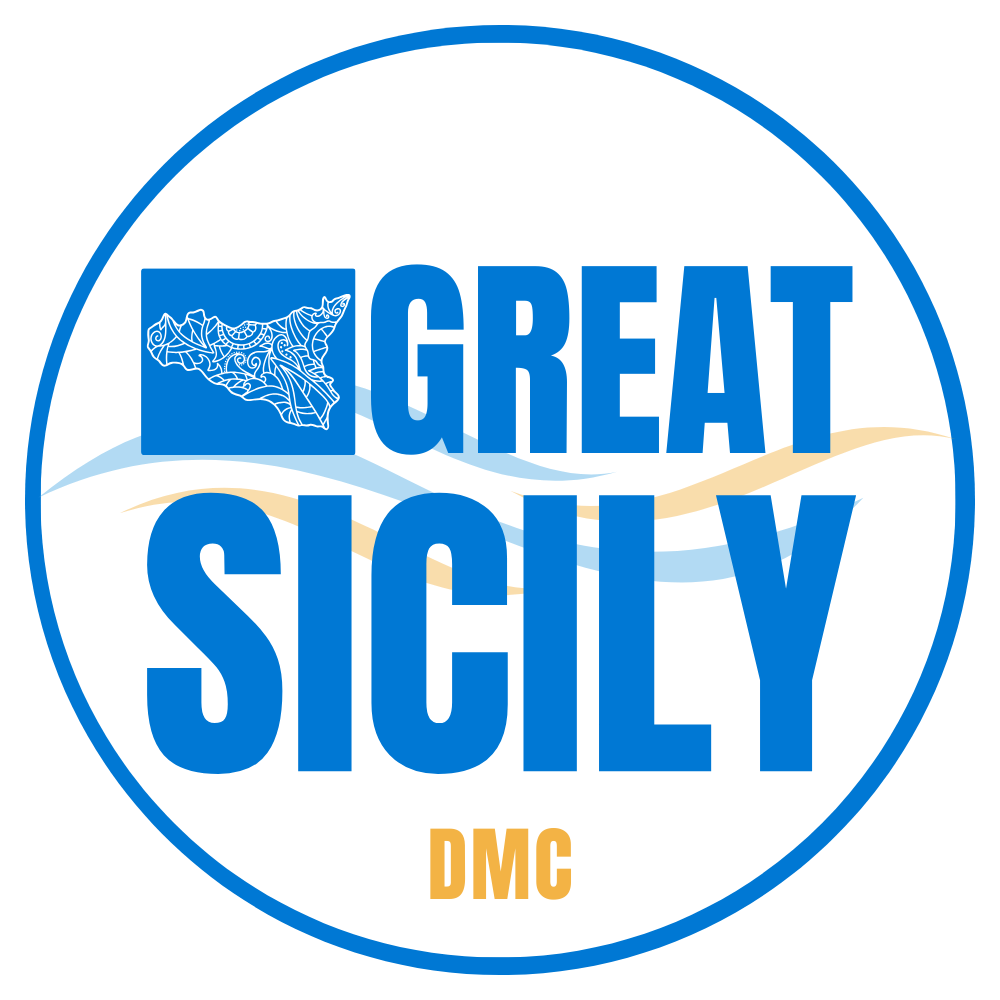




































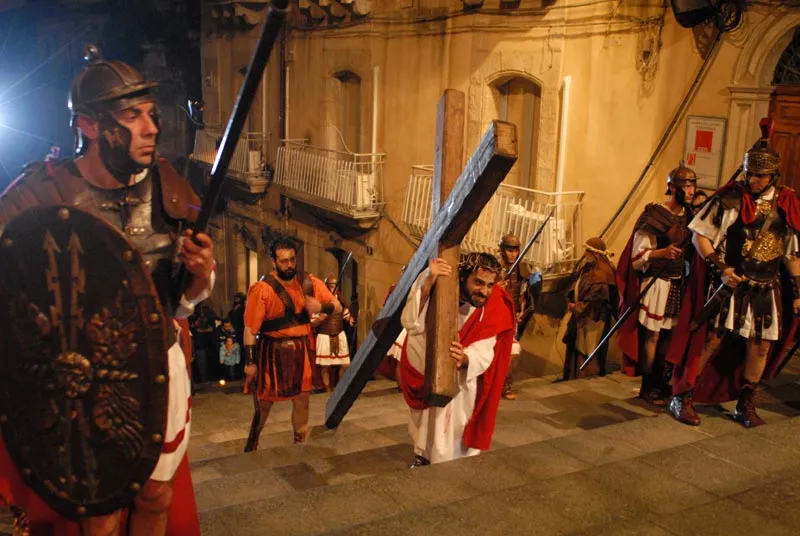




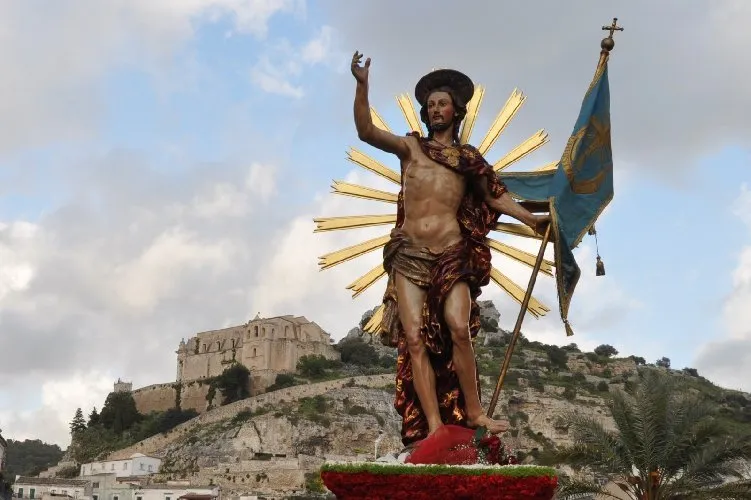


















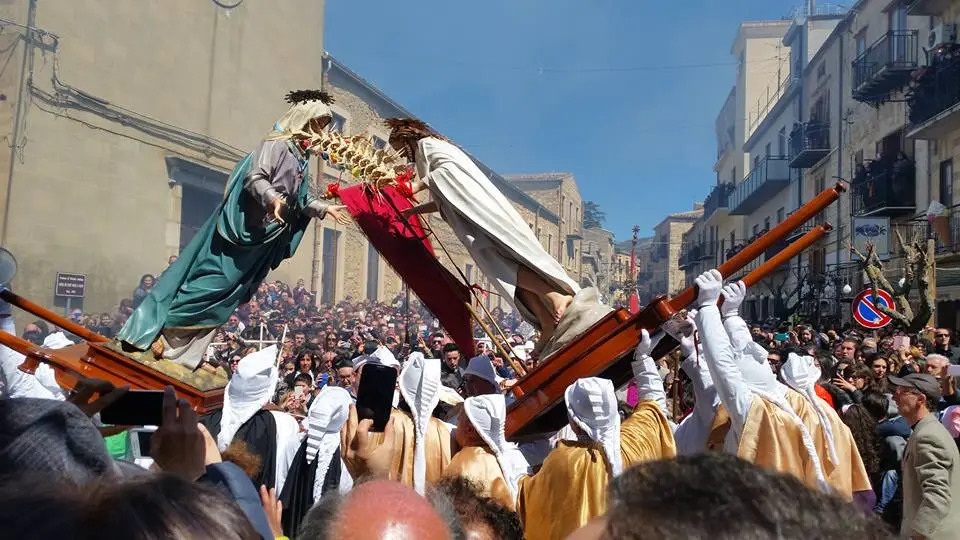










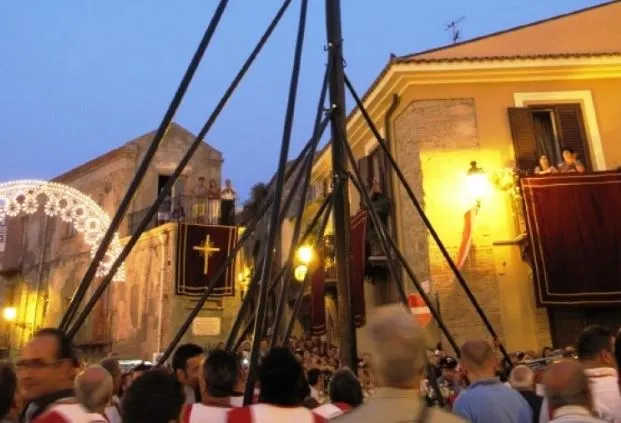














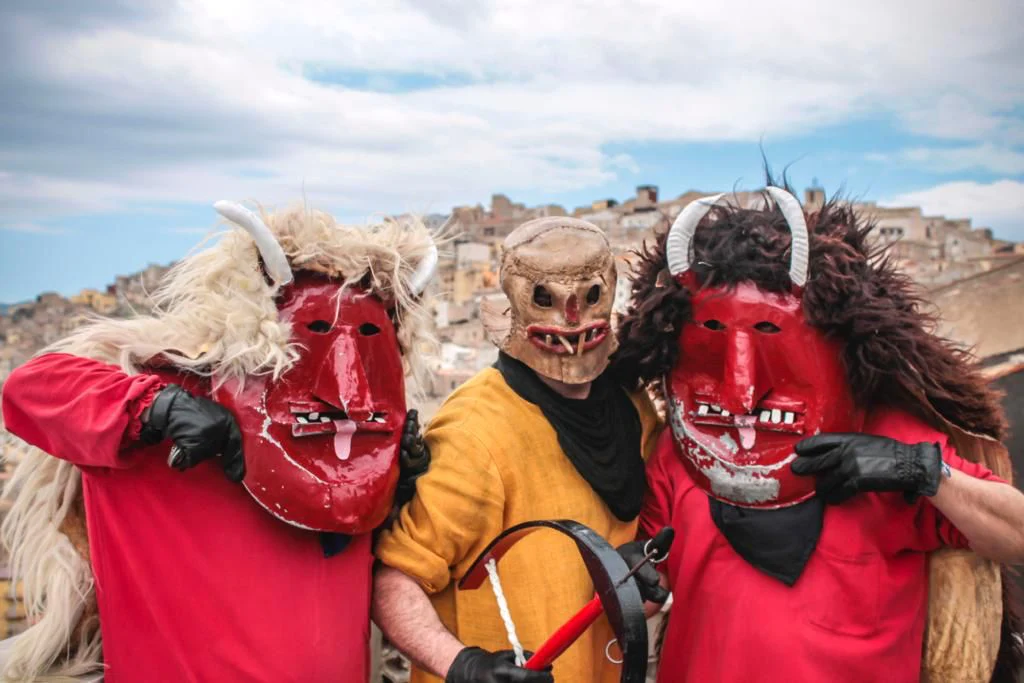






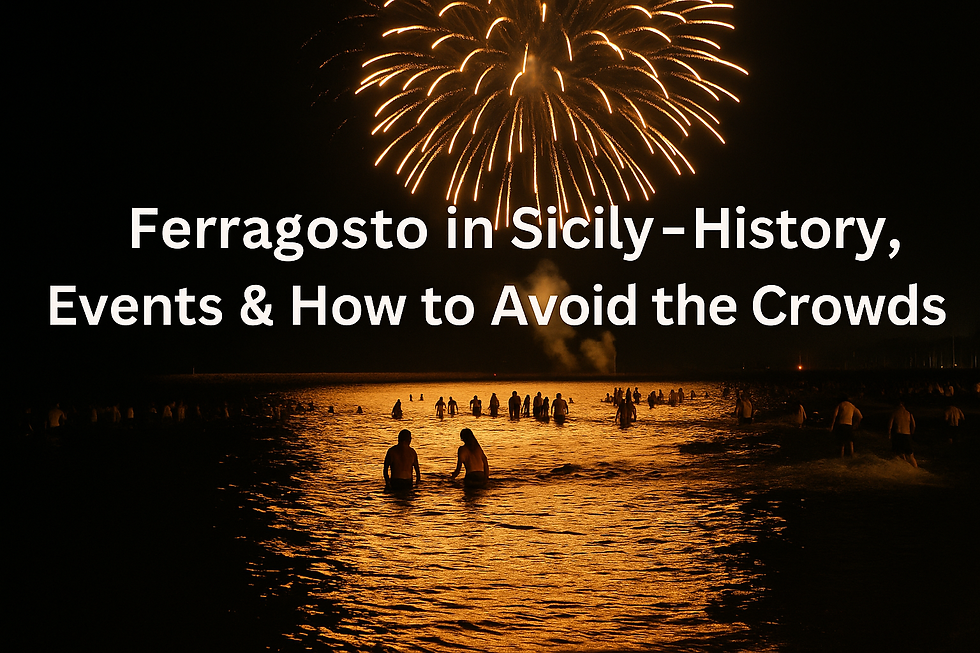


Comments